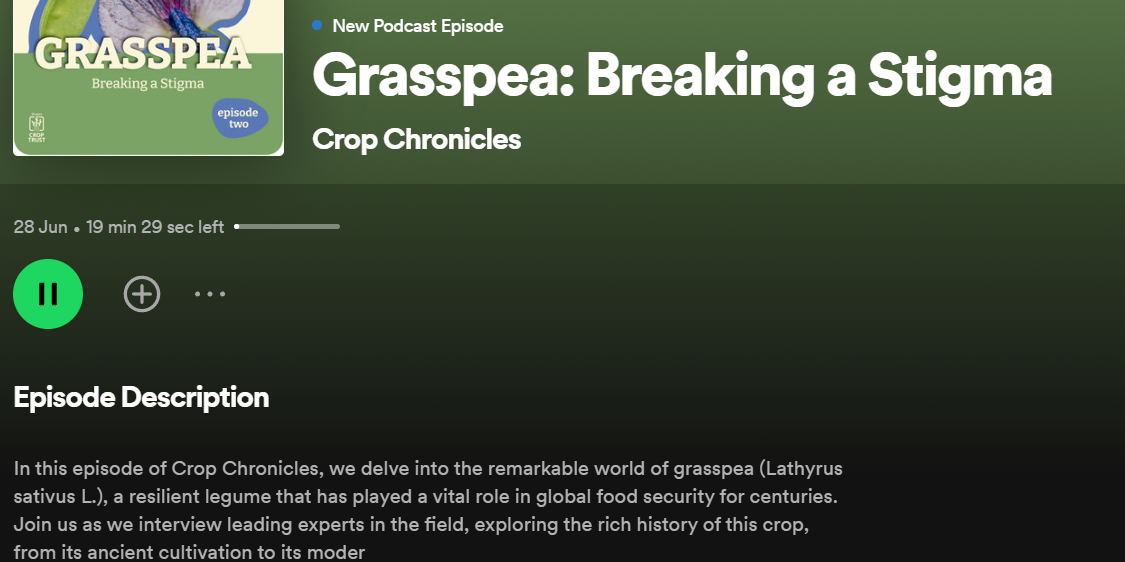Leguminous, Anoxia-tolerant, Turgor, Homeostasis, Yield, Rhizobium Symbiosis, Underutilized, Secondary Metabolite Production
By Priyanka Gupta X: @VidhiPriyanka
L – Leguminous: In the vast botanical tapestry, Lathyrus emerges as a leguminous luminary, its lineage intertwined with the rich heritage of legumes. Renowned for its seed-filled pods, Lathyrus enriches soil fertility through nitrogen fixation, offers valuable livestock feed, and provides a nutrient-rich source of sustenance for humans.
A – Anoxia-tolerant: Lathyrus demonstrates anoxia tolerance, surviving in low-oxygen environments such as waterlogged soils. This trait enhances its adaptability to challenging conditions, ensuring continued growth and productivity even in adverse environments where the crop gets submerged in water.
T – Turgor: Lathyrus exhibits notable turgor, maintaining cellular rigidity and hydration levels even under adverse conditions like drought or flooding. This physiological trait contributes to its resilience and ability to withstand environmental stressors.
H – Homeostasis: Lathyrus maintains homeostasis, the ability to regulate internal conditions despite external fluctuations, ensuring optimal physiological function even in challenging environments. This dynamic equilibrium contributes to its hardiness, enabling sustained growth and productivity under adverse conditions.
Y – Yield: Lathyrus showcases impressive yield potential, not only in terms of nutritious grains but also in biomass yield, making it a valuable forage and fodder option. Its prolific biomass output contributes significantly to livestock feed, supporting agricultural livelihoods.
R – Rhizobium symbiosis: Lathyrus forms mutualistic bonds with Rhizobium bacteria, fixing nitrogen in root nodules. This collaboration boosts soil fertility, aiding plant growth and resilience to environmental pressures, enriching agricultural ecosystems with sustainable nutrient cycling.
U – Underutilized: Lathyrus remains largely untapped due to limited research and market access. Despite its nutritional benefits, concerns over ODAP have limited its use and expansion despite being the most climate smart crop. Addressing ODAP risks is crucial to unlocking its full potential and ensuring sustainable contributions to crop rotation.
S – Secondary Metabolite Production: Lathyrus produces secondary metabolites like flavonoids and alkaloids, enhancing its defense against pests and diseases. These biochemical phenolic compounds also play a crucial role in maintaining plant health and inhibiting the bacterial growth in animal guts, resulting in reduced fermentation and methane production.


